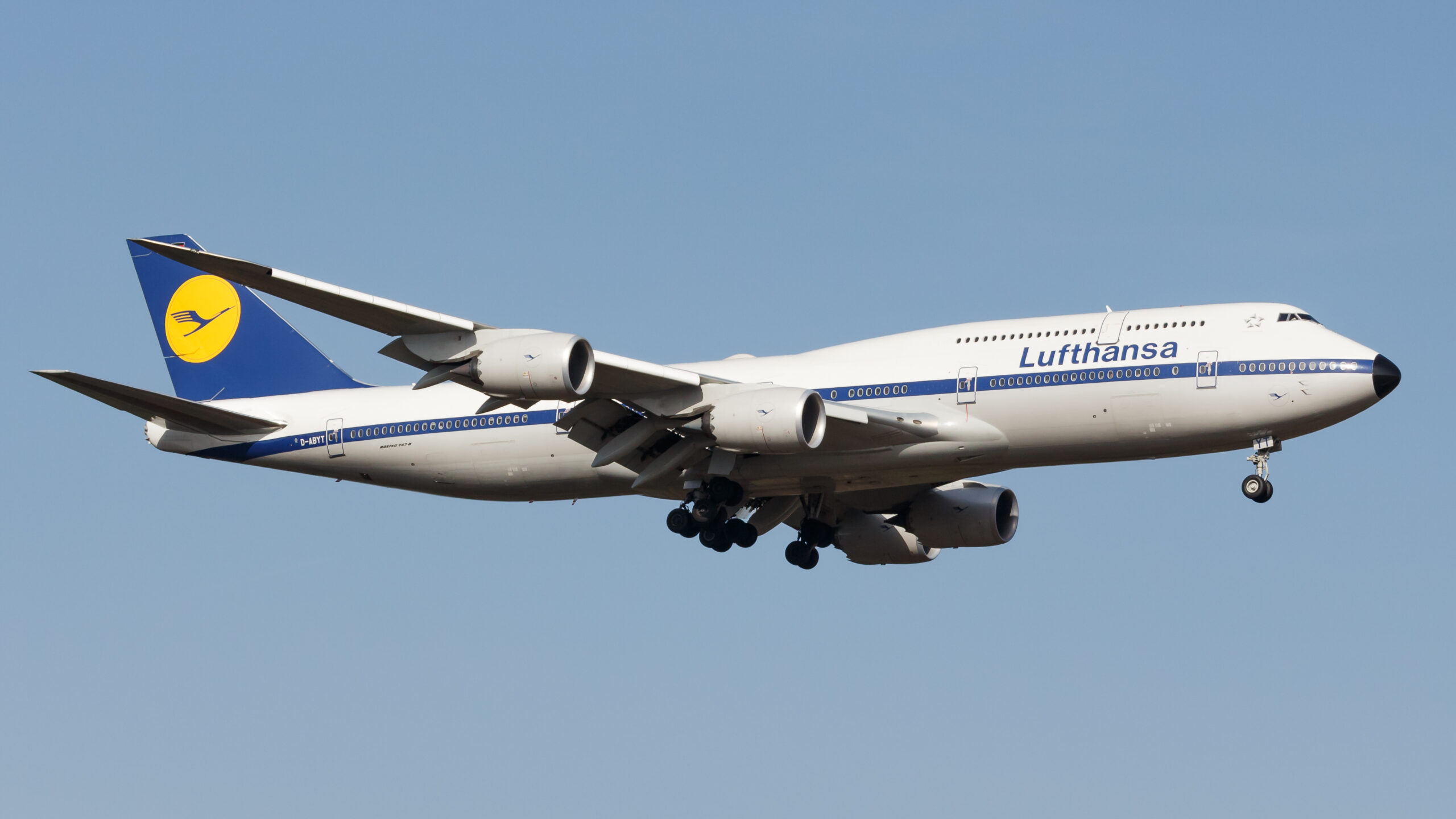On December 11, 1978, in the early hours of a bitter winter morning, one of the most legendary crimes in U.S. history unfolded at John F. Kennedy International Airport (JFK) in New York City. Known as the Lufthansa Heist, it involved the theft of over $5 million in cash and nearly $1 million in jewelry from the German airline’s cargo facility. Adjusted for inflation, the stolen amount would be worth more than $24 million today. What made this heist unforgettable wasn’t just the scale of the theft, but the intricate planning, the betrayal, and the violent aftermath that followed. The crime has been immortalized in films, books, and pop culture, most notably in Martin Scorsese’s Goodfellas.
But behind the glitz of Hollywood, the real story of the Lufthansa Heist is one of criminal ambition, mafia control, and the unforgiving consequences of greed.
The Plan: Organized Crime and the Seeds of the Heist
The Lufthansa Heist was the brainchild of Jimmy Burke, a notorious mob associate affiliated with the Lucchese crime family. Burke wasn’t a “made man” due to his Irish heritage, but he was one of the most respected figures in the underworld—a man known for his cunning, ruthlessness, and talent for managing heists and illegal operations.
Burke had insider knowledge about the Lufthansa cargo terminal thanks to a tip from bookmaker Louis Werner, who worked at the airport. Werner, deep in debt from gambling, knew that the airline regularly transported cash and valuables from overseas flights to be stored at the JFK terminal before being redistributed. He also knew that on certain flights, millions of dollars in untraceable currency from U.S. military bases in Germany would arrive, destined for U.S. banks.
With Werner’s information, Burke saw an opportunity to pull off a heist of unprecedented scale. He knew that if done right, this robbery could make him and his associates wealthy beyond their wildest dreams. Burke recruited a team of trusted criminals for the job, many of whom had deep connections within New York’s mafia network. Among them was Henry Hill, a Lucchese associate whose later cooperation with the FBI would eventually help unravel the crime.
The crew carefully planned every aspect of the heist for months, studying the airport’s layout, security routines, and schedules. They knew the exact location of the cash and jewels, the number of guards on duty, and how long they had to pull off the robbery before authorities could respond. They even selected a specific date when security would be minimal, making it the perfect moment to strike.
The Night of the Heist
In the early hours of December 11, 1978, the crew put their plan into action. Six masked men—led by Tommy DeSimone, a violent and unpredictable enforcer—arrived at the Lufthansa cargo terminal in a stolen black van. They wore gloves, ski masks, and blue coveralls to avoid leaving any fingerprints or clues behind.
The heist began with precision. As planned, they ambushed the night guard, forcing him at gunpoint to unlock the terminal doors and disable the alarm system. Inside, they overpowered several employees, tied them up, and forced them to lie on the ground. The crew made it clear that if anyone tried to resist or call for help, they would not hesitate to use violence.
One of the employees, a man named Rudi Eirich, was forced at gunpoint to unlock the high-security vault where the cash and valuables were stored. Eirich had no choice but to comply as DeSimone and the others loomed over him, brandishing weapons.
The crew worked quickly, filling black duffel bags with cash bundles and jewelry. In less than an hour, they had emptied the vault, stealing approximately $5 million in cash and $875,000 in jewelry. Remarkably, not a single shot was fired, and the robbery was executed without immediate detection.
By the time airport security discovered the theft, the robbers were long gone, disappearing into the cold night with millions of dollars in loot. The scale and precision of the heist stunned investigators and set off one of the largest manhunts in New York’s history.
The Aftermath: Greed, Betrayal, and Murder
While the heist was a triumph in execution, the aftermath was anything but smooth. The massive haul created paranoia among Burke’s crew. Everyone involved in the robbery knew that splitting such a large sum of cash evenly would be difficult. Moreover, Burke feared that any loose ends or careless talk could attract police attention, leading to the entire crew being arrested.
Burke, known for his ruthless nature, decided that the only way to protect himself—and the money—was to eliminate anyone who might pose a threat. What followed was a brutal series of betrayals and murders, carried out with chilling efficiency.
Within weeks of the heist, several people connected to the crime began to disappear or turn up dead. Among the first to go was Parnell “Stacks” Edwards, the getaway driver who had failed to properly dispose of the stolen van. Burke ordered his execution, and Tommy DeSimone carried it out, shooting Stacks in the back of the head.
Burke’s paranoia grew as rumors spread that some members of the crew were spending their share too lavishly, drawing unwanted attention. Louis Werner, the airport insider who had provided the crucial information, was also targeted for elimination. Burke feared that Werner might cooperate with the police if interrogated, so he had him silenced.
As the bodies piled up, the surviving members of the crew lived in fear, knowing that they, too, could be next. Even Henry Hill, a close associate of Burke, began to worry that he would not survive the aftermath of the heist. The pressure mounted as law enforcement closed in, piecing together fragments of evidence from informants and the bodies left in Burke’s wake.
The Investigation and the Downfall
The Lufthansa Heist drew massive media attention and sparked an intense investigation by the FBI. Agents combed through records, interrogated known associates, and kept a close watch on anyone connected to the Lucchese crime family. However, the investigation was complicated by the crew’s tight-lipped nature and Burke’s ruthless efforts to eliminate witnesses.
For years, the case remained unsolved. The authorities suspected Burke and his crew but lacked the evidence needed to make arrests. Henry Hill, however, provided the key that would eventually break the case wide open.
In 1980, Hill was arrested on drug trafficking charges. Facing the prospect of a long prison sentence—and likely death if Burke suspected he would talk—Hill decided to cooperate with the FBI. His testimony not only exposed the inner workings of the Lucchese family but also provided crucial details about the Lufthansa Heist and the murders that followed.
Hill’s cooperation led to the arrest and conviction of several members of the heist crew, though Burke himself was never directly charged for the robbery. Instead, he was convicted on unrelated charges and sentenced to life in prison, where he died in 1996. Tommy DeSimone, the enforcer responsible for several murders during and after the heist, disappeared in 1979, likely killed by the Gambino family in retribution for his reckless behavior.
Legacy: The Heist That Lives On
The Lufthansa Heist remains one of the most infamous crimes in American history, not just because of the amount stolen, but because of the violent fallout that followed. The heist exposed the greed and paranoia that fueled the world of organized crime, showing that no one—not even trusted associates—was safe from betrayal.
The story has continued to captivate the public’s imagination for decades. It has been the subject of books, documentaries, and films, most notably Goodfellas, in which Henry Hill’s account of the heist plays a central role.
To this day, much of the stolen cash and jewelry has never been recovered, adding to the heist’s mystique. The crime remains a reminder of the audacity of the underworld, the allure of easy money, and the deadly consequences of unchecked ambition.
In the end, the Lufthansa Heist was more than just a robbery. It was a symbol of a time when organized crime operated with impunity, pulling off some of the boldest crimes the country had ever seen. But as the heist also proved, in the world of crime, no one stays on top for long. Betrayal, greed, and paranoia are always waiting just around the corner—ready to bring everything crashing down.



